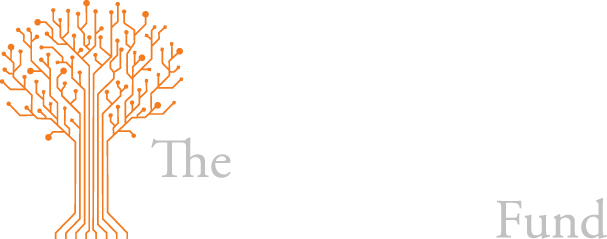Education investment is growing rapidly, but it is still a relatively virgin industry.
Doubt it? Look at the lack of market capitalization in the sector—compare the worldwide spend of the space against key reference markets to see what we mean.
For the uninitiated, market cap represents the perceived value (discounted cash flow) a company is expected to generate over “X” years. The ability of a company to survive is generally dependent upon its capacity to turn cash flows into investments in future products and services. The more market cap, the more likely a company is survive. The more likely a company is to survive, the more likely investors can feel confident about the longevity of their investment.
Looking at global healthcare for example, the industry generated US$6.5 trillion of worldwide spend in 2013, and a market cap sum of US$5.2 trillion, for an 81% ratio.
That means healthcare, while not a flawless nor risk-less sector, is still highly competitive.
Education is different.
US$4.6 trillion was the spend in 2013 but the combined market cap of all education companies was just over $100 billion—2% of total spend!
Textbook publishers, for profit universities, professional education companies, educational supply manufacturers and distributors—all of these entities combined to create the smallest market cap index of the major economic sectors.
This reality has slowly been noticed, which is why education investment continues to grow by leaps and bounds. Between 2008 and 2013 alone, the number of education businesses with professional investment grew by 10x, from 50 to 500, and that number doesn’t include tedtech. And as these ed-tech companies steadily broadcast signals of economic value, they will continue to gain momentum until they are picked up in-full by the public markets.
While the education space will likely not approach healthcare’s 80% market cap mark, the aggregate market cap will grow and grow rapidly the next six to eight years, with value being driven by an increasing supply of innovative approaches to long-standing educational challenges.

